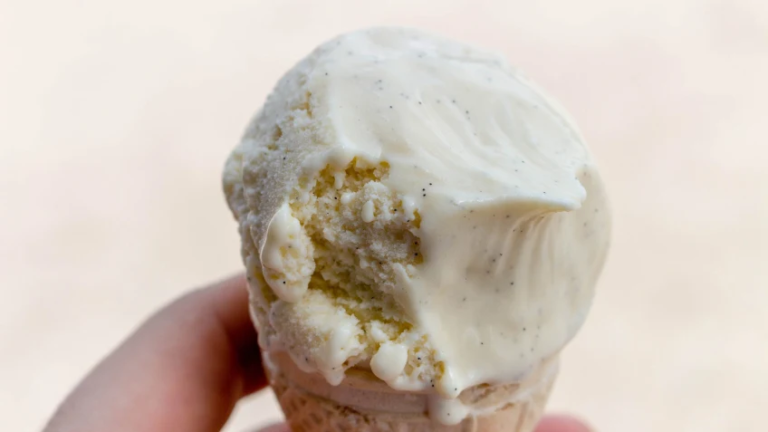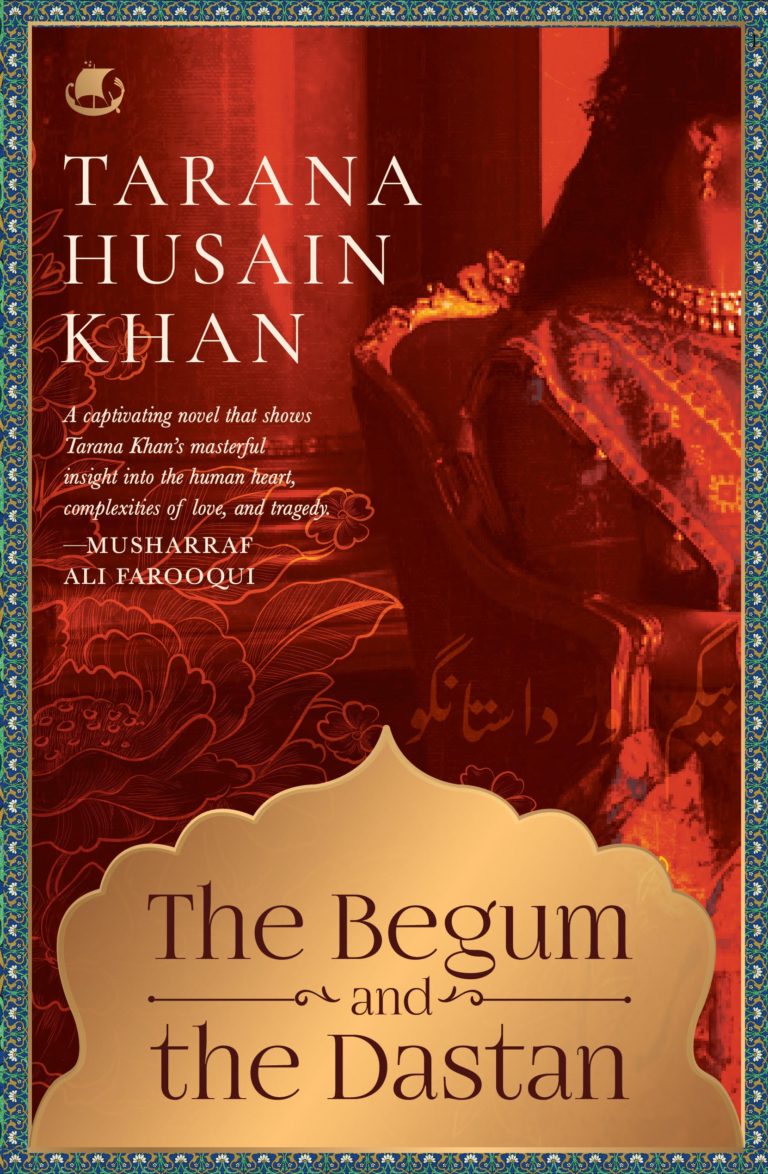THE QUEST FOR RAMPURI PULAO SHAHJAHANI
I’m not a foodie or a recipe fanatic. Or maybe, like for a lot of things in my life, I am in denial. So it was by chance that I came upon this hundred-and-fifty-year old Persian manuscript on Rampuri cuisine at the grand Raza Library in Rampur. I was basically researching for my novel at the library which is housed in the erstwhile court of the Nawab of Rampur and peopled by crusty librarians who guard the ancient manuscripts with illogical doggedness from all researchers unless they are foreigners. The gentleman in charge of the manuscript section sits in a gloomy room surrounded by huge steel almirahs with their precious stacks-a caricature of librarians with his stiff, dirty white, threatening beard, scrawny frame and thick glasses. He is only affable towards scholars from foreign lands who come armed with the knowledge of Persian and I can just manage basic Urdu. He had banned one of the research scholars from assessing the recipe manuscript because he found him too casual. The researcher chanced upon me pottering around, trying to find clues to the vanishing culture of Rampur and handed me the names of the recipe manuscripts that held the key to pulaos, kababs and qormas. Food is an important part of Rampuri culture and I presented myself to the librarian asking for the manuscript. He looked at me with disdain over his rickety, steel framed spectacles.
‘It’s in Persian,’ he remarked. ‘Can you read Persian?’
‘Umm, a little bit,’ I lied. I had been warned by the rebuffed research scholar that it would be nearly impossible to get the manuscript from him. I had taken care to cover my head with a scarf which is the basic requisite for a Muslim woman in this crumbling town.
‘What is Ta’am?’ he asked suddenly.
I had no idea. He sighed at my ignorance.
‘Its Persian for art of cooking. How can you read the script if you don’t even know the subject?’ So I was summarily dismissed.
Small towns have a deep respect for connections and genealogy and very soon I found myself back in the inner sanctum of the library facing the slightly mellowed librarian.
‘Why didn’t you tell me that you were the granddaughter of Jabbar Khan engineer?’ he demanded a bit miffed at being commanded by the Director to assist me. Thus the treasured manuscripts were opened to me and I was allowed to secretly take pictures on my iPad.
But that was just the beginning. I could only read the title of the recipes-pulao saada, pulao shahjahani, qorma pulao etc. etc. I committed them all to the memory of my iPad with basically no idea what to do with the closely handwritten Persian script.
Yakhni Pulao, an aromatic rice and meat dish, has a seminal presence in all traditional Muslim households. No feast, funeral or prayer meeting is complete without it. My grandmother had it prepared in a huge degh every Thursday and prayed for the spirits of all our dead relatives over a steaming pulao dish. All of us children used to stand around with our palms raised heavenwards, stomachs rumbling because the pulao lunch was invariably late. This dish was then taken away and the ‘prayed over’ and now holy pulao, was mixed with the rest of the pulao and then served to us, sent to the maulvi of a nearby mosque and given away to beggars.
In Rampur the timing of serving the pulao is crucial. You are supposed to wait for it at the table while it is on ‘dum’. Which basically means it is sealed and simmering over low heat. The literal translation of dum is life. The pulao becomes lifeless when all the steam escapes.
At a funeral in Rampur this timing of the pulao is crucial. Right when the coffin is taken for burial out of the house on the shoulders of grim faced mourners leaving behind a gaggle of crying, wailing and sniffing women and the grief has subsided to a contained level, a cart bearing deghs of pulao trundles over the brick laid lane and morose looking women lay out the piping hot feast to comfort the mourners. The perfect timing never ceases to amaze me. It is crucial therefore that the pulao should be served before all its steaming life ‘dum’ escapes.
The Rampuris love their Pulao and turn up their noses at the richer and spicier version of the original pulao called the biryani generally served in Lucknow and Hyderabad. The biryani is rebuffed by the Rampuris as a soulless mixture of Qorma curry and boiled rice. There was a separate rice kitchen at the Nawab Rampur’s ‘Khasbagh Palace’ and some khansamas (cooks) were legendary in dishing out the most exquisite and innovative fare. Most Rampuri homes cook the basic Yakhni pulao and the grand repertoire of fifty odd styles of the pulao in the manuscript was very intriguing. It ranged from the grand pulao Shahjahani, the sweet pulaos called mutanjan pulao, Sheer Shakkar(milk and sugar) pulao to the humble anannas (pineapple) pulao, Imli (tamrind)pulao etc.
I decided to learn Persian in my quest to save the fading gastronomic delights of Rampur. Finding a Persian teacher took some time but I finally managed to persuade Mr, Isbah Khan, a younger and kinder version of the librarian, to coach me into the intricacies of the language. I knew the Urdu script and some Urdu words do have Persian roots which helped me but the rules of grammar confounded my best attempts.
Finally, we got down to translating the recipes. At least the words were repeated over and over in the recipes and I could make sense of them. Easier said than done. First of all, the ingredients were measured in daam, tola, masha, ratti and ser. Then there were symbols like /ser,./ser,.ser etc. At one point of time I found myself measuring out 550gm of cinnamon for 1 kg pulao! It was absurd and I had to go back to the translation, take the help of historians and the net.
Measurements were the least of my worries. The procedure outlined in the recipe made presumptions about our knowledge of cooking. First of all, there were two kinds of meat to be boiled for the yakhni – one kg of a young animal and one kg of an older animal. Then after boiling the meat was to be removed and sorted. How to distinguish the two after boiling? Which meat was finally served? What did this Pulao look like?
Then there was an essential ingredient called ‘daugh’ which basically translates to kneaded or watery flour. Why did we need this for pulao in such huge quantities? I am sure we don’t use it in any kind of pulao or biryani. Not being much of a cook, I asked the old khansamas, consulted recipe books to no avail. It was daunting. I had two Persian manuscripts dating from1870’s written or collected by the Nawab of Rampur with this strange recipe of pulaos. I hadn’t even begun with kababs, qormas and sweetmeats.
The sentences cryptic and confounding lined up:
‘When it becomes thick, add meat and some proper masala and keep watching……
Temper the meat with yakhni water. Boil rice in water after putting meat(which meat??) Evaporate half the shorba. Separate yakhni into two parts.’
What was yakhni and what was shorba ? Could it be used interchangeably? What was the ‘proper masala’? There was much changing of deghchis, as narrow mouthed cooking pots are called, procedures within procedures. In Pulao Shahjahani one ended up with four vessels to be washed up afterwards. No wonder with time we abbreviated the whole intricate procedure into a two step affair and replaced the deghchi with the trusty pressure cooker.
I was on the verge of giving up the venture when I chanced upon two recipe books in Urdu dating 1873 and 1879 which had the elusive Pulao Shahjahani (two variations) with the procedure more clearly explained. It was like coming upon the Rosetta stone. The flour was used to wash the meat and not as an ingredient! The yakhni had meat boiled with spices and when you remove the meat it became shorba. I could finally decode this fascinating recipe.
Pulao Shahjahani is the more evolved Mughal variation of the Persian pulao which had found its way into the Mughal kitchens when Humayun returned from his exile with Persian cooks. Whereas the Persians marinated the meat in curds, the Mughals started using almonds in the marinade. I tried out the recipe and it turned out to be as elegant and opulent as its name. I present the final recipe for Pulao Shahjahani:
YAKHNI PULAO SHAHJAHANI
Ingredients:
Meat of young animal: 1 kg
Rice: 1 Kg
Roghan (ghee):500gm
Almonds:160 gm
Curd:100 gm
Cinnamon: 80gm
Cloves: 80gm
Green cardamom: 48gm
Cumin seeds: 48 gm
Kali Mirch: 62 gm
White onion: 100 gm
Ginger: 60 gm
Coriander seeds: 32 gm
Saffron: 16gm
Lahori salt: 32 gm
1.Soak the rice in water for about half an hour. Grind the coriander seeds to a thick paste. Grind skinned almonds to paste.
2.Put meat with half of the finely cut onions, two table spoons ghee, half coriander paste and about 2.5 litre of water in a deghchi to make yakhni. Keep on boiling till the meat becomes tender.
3.Take out the meat from the yakhni. Sieve the water (shorba).
4.Prepare temper with one tablespoon of ghee after adding about ten cloves, and seeds of ten cardamoms. Heat till cloves become reddish and put into the shorba. Keep it aside.
5.In another deghchi heat the rest of ghee (leaving about 100gms). Add (the remaining) finely diced onions. When the onions are fried and become reddish, add cloves and then add meat. Stir till the meat is well coated with ghee.
6.Add the remaining coriander paste and stir. Add ground almond paste and curd. Ground half of the spices and add to the gravy.
7.Keep cooking till a little gravy is left, the ghee separates and the meat is tender.
8.Boil the rice in water till it is about half done. It should be firm. Sieve the rice grains in a colander to remove excess water and soak them in the shorba prepared earlier, for about fifteen minutes to half an hour.
9.For the final preparation, put the whole spices on the meat, take out the rice and lay it on top of the meat. Put just enough shorba to cover the rice. Cover the deghchi and seal with kneaded flour so that no steam escapes. Simmer for about 15 minutes. This is dum.
10.Put ghee on top after opening the deghchi. Soak saffron in warm water and sprinkle this water and saffron threadsover the pulao. Serve hot.
The recipe ends with the cryptic and somewhat philosophical line:
‘Dar kami-o-peshi ikhtiyaar-e- hast.’
The excess and paucity of everything is in our hands.
A page from the Persian manuscript ‘Khwan-e-Nemat’ dating about 1870 A.D.


Tarana you are indeed an excellent writer…using your knowledge and study of history to good effect. Very Well written.
Perhaps one of these days I may pop up to have the Yakni Pulao ( Shahjahani ) !!
Thanks Ather.You are most welcome to sample the rampuri pulao
It must have taken a whole day to cook it! Someone should organize a festival of old recipes and compare Lucknow with Rampur!
Exlamplary work done by you. Keep it up . Successful minds work like a gimlet to a single point.
Exotic recipe . Will surely try it when we start getting beef .